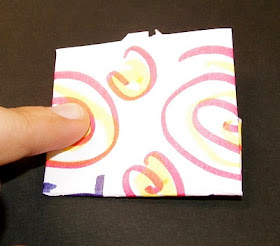
It is that time of year again where the students and I prepare for another musical! I really enjoy being apart of their musicals - for a very short time in college I was a theatre/dance major - and even though being an Art major really stole my heart I stayed very involved in technical theatre. Getting to do what I am really passionate about (teaching art) and then getting to introduce the students to something else I really enjoy, technical theatre, is truly icing on the cake.
This show is all about the history of Jazz music - how jazz music came to be. The students have been busy with their Value Self Portraits, along with painting the background, and designing the program covers for their show.

These musicals lend so much room for talking about real life art jobs - being a scenic painter, a graphic designer, advertisement, costume design..... it is a perfect example of real life and the kids get to be each one. Each of my students are a graphic designer when they design a program cover - they each are a scenic painter when they help paint the backdrop - and they each will get a chance to silk screen their own t-shirt for the show.

We have a lot to get done before April - but I believe we can make it. I will post again when everything is complete and hung - should be fantastic.















































